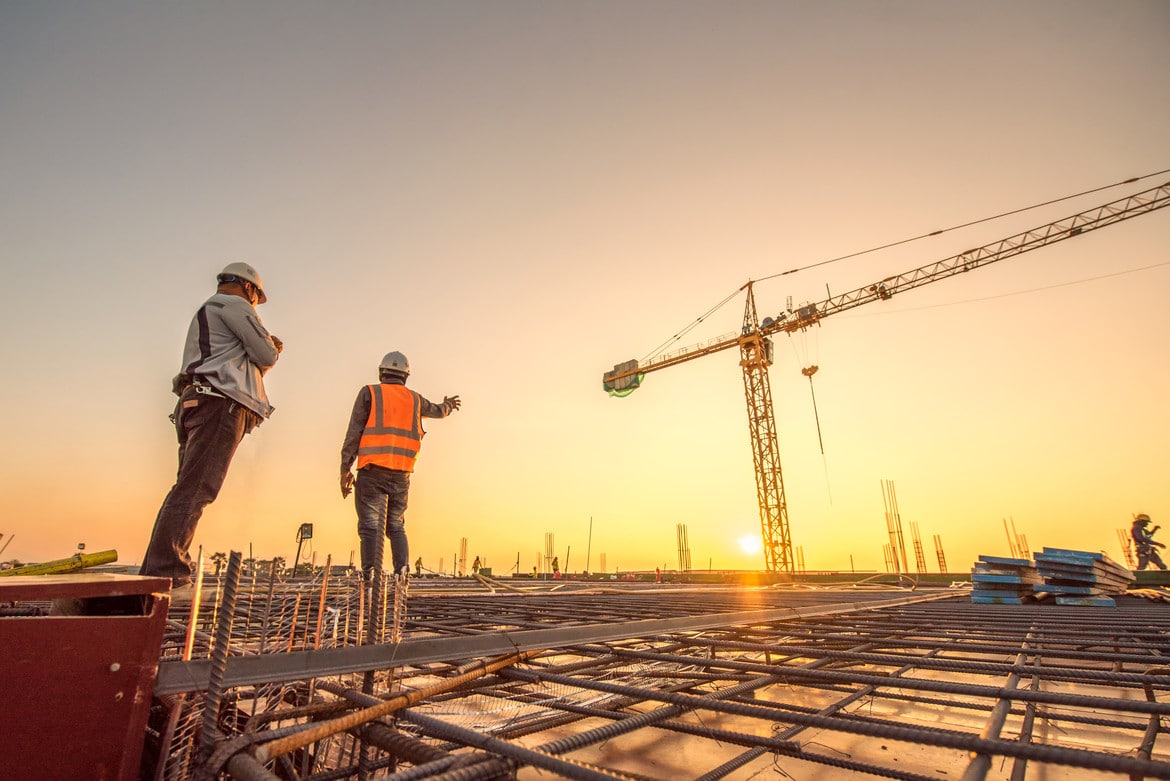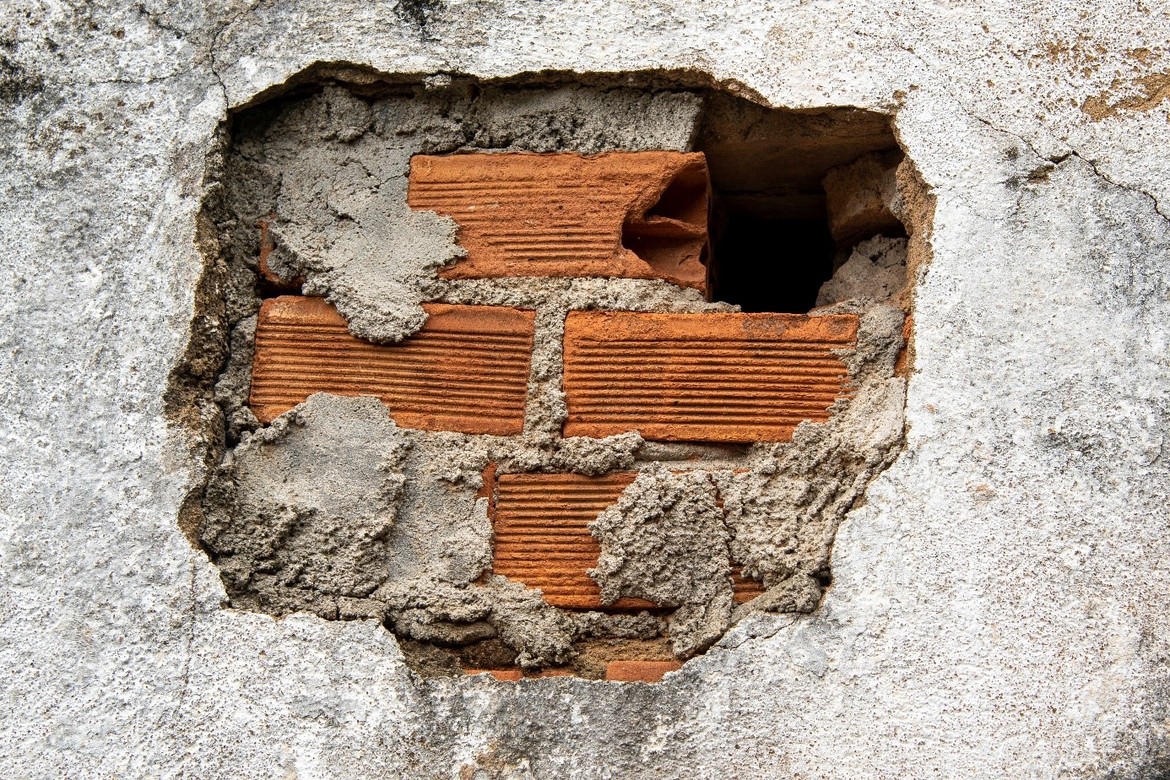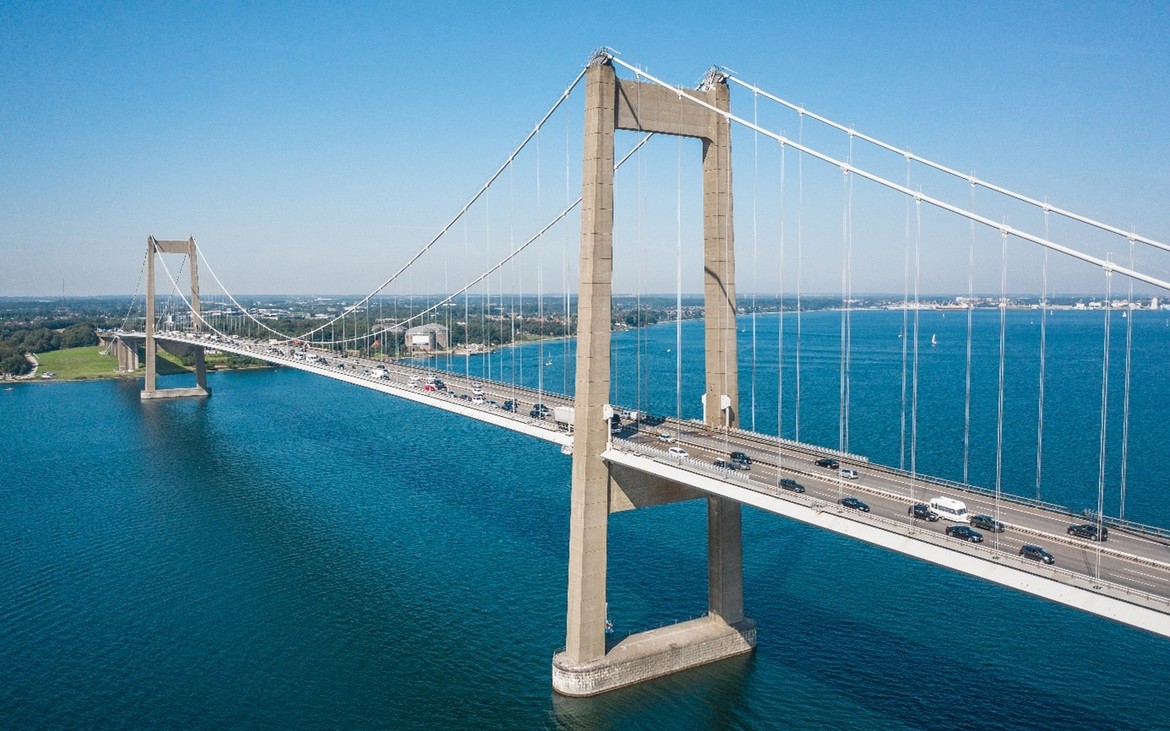What will happen to our buildings & structures in the future?

Climate change will affect all aspects of our lives – including the buildings in which we live and work. Did you know that most people in the US, for example, spend about 90% of their time indoors? Climate change is significantly changing the environmental conditions in which these buildings are designed.
ALL PARAMETERS OF THE LOCAL CLIMATE SHOULD BE TAKEN INTO CONSIDERATION DURING CONSTRUCTION
Architects and engineers design buildings and other structures, such as bridges, to function according to these parameters of the local climate. All of these buildings and structures follow design standards and are built with materials that can withstand the local temperature range (precipitation, snow, and wind expected, as well as any geological problems such as earthquakes, subsidence, and even groundwater levels).
If you exceed any of these parameters, there is a high probability that some function of the building will fail in terms of “resistance” against adverse climatic conditions . For example, if there is a strong wind, some roof tiles can be damaged or even torn off. Or if, after days of heavy rain, the water level rises so much that it can even flood the basement of a building. This is normal and these problems cannot be completely eliminated in advance. After the event has passed, it is of course possible to eliminate the damage caused, and additional measures can reduce the risk of it happening again.
Some of these influences are quite obvious. Houses will be more prone to overheating, endangering the lives of residents, as happened during the recent “heat dome” over North America. Flooding will occur more frequently and will inundate larger areas, so that some places will even have to be abandoned. The village of Fairbourne in Wales has already been identified as a likely candidate for such an extreme act. The UK’s neglect of these two threats was highlighted in a recent report by the UK’s Climate Change Committee.
To some extent these impacts will be localized and can be captured by fairly simple means. For example, overheating can be reduced by shading the windows with shades or blinds, good insulation and sufficient ventilation . Perhaps more worrisome are the “insidious” effects of climate change, which gradually undermine a building’s fundamental functions in less obvious ways.
WHEN TERMITES ATTACK AND WHAT CAUSES ASPHALT TO MELT
Due to stronger wind and rain, the outer coating will deteriorate faster and leak more often. Higher temperatures will expand the areas where some harmful insects can live . This includes termites, for example, which can cause extensive structural damage by eating wood. Or mosquitoes (carriers of malaria), from which living spaces must be redesigned to protect us.
When materials heat up, they also expand, especially metals, which can cause them to bend when they exceed their designed tolerance. One skyscraper in the Chinese city of Shenzhen, for example, was partly to blame for high temperatures that caused the structure to shake, forcing the building to be evacuated as the steel frame stretched in the heat.
Climate change will create conditions where these parameters will be exceeded more often and to a much greater extent. Some changes, such as higher average air temperatures and humidity, will be permanent. What was previously considered a once-in-a-century flood may become quite common in the future.
Extreme temperatures can even cause materials to melt, causing damage or “bleeding” of roads as the surface layer of bitumen softens .

Wood-eating termites can cause extensive structural damage.
Subsidence – when the ground beneath a building gives way, causing it to crack or collapse – is expected more often in a warmer world as well . Buildings with foundations on clay soils are particularly vulnerable, as the soil swells as it absorbs water and then hardens and shrinks as it dries. Changing rainfall patterns will make this worse. Over the next 50 years, for example, more than 10% of properties in Great Britain will be affected by subsidence.
DAMAGE TO CONCRETE – THE MOST COMMONLY USED BUILDING MATERIAL IN THE WORLD
Perhaps the biggest concern is how climate change will affect reinforced concrete, one of the most widely used building materials on Earth. Reinforced concrete is used in everything from skyscrapers to bridges by placing steel bars in a mold and pouring wet concrete. When it dries, incredibly strong structures are formed.
But an increasingly warmer and wetter climate will destroy the durability and durability of this material . When the steel in the concrete gets wet, it rusts and expands, causing the concrete to crack and weaken the structure itself – a process that some people sometimes call “concrete cancer”.

As rust forms, reinforced concrete can crumble.
Buildings in coastal areas are particularly susceptible, as chloride in salt water accelerates rusting . Rising sea levels will raise the water table and make it saltier, affecting the foundations of buildings, while increasingly strong winds will cause salt to spread further.
At the same time, concrete is affected by carbonation – a process in which carbon dioxide from the air reacts with cement to form an additional chemical element, calcium carbonate. This lowers the pH value of the concrete, making the steel even more prone to corrosion. Since the 1950s, global CO₂ levels have risen from about 300 parts per million in the atmosphere to well over 400. And more CO₂ in the atmosphere means more warming and higher temperatures.
The recent tragic collapse of an apartment building in Miami, USA, may be an early warning that this process is accelerating the decline. collapsing buildings. While the exact cause of the house’s collapse is still under investigation, some believe it could be strongly linked to climate change.

Coastal cities such as Miami (USA) are expected to strongly feel sea level rise in the future.
HOW TO PROTECT ROADS, RAILWAYS, BRIDGES AND TUNNELS? THE DANES SHOW US THE WAY OF GOOD PRACTICE
New roads must be designed in accordance with future requirements and regulations. Investigations have therefore been launched to find out how to update the current guidelines for road design, construction and management in the future.
RAIN IS THE BIGGEST RISK FACTOR
For existing roads, increasing rain is the biggest challenge. Surface water must be diverted away from roads to ensure their durability, prevent flooding and reduce the possibility of traffic accidents. The Danish road authorities are therefore currently studying how road drainage systems could be adapted to the future climate, both in relation to new construction and in the management of existing infrastructure.
TRAFFIC REPORTS DURING EXTREME WEATHER EVENTS
During extreme weather events such as heavy downpours, storms, etc., traffic reports play a central role for road users. They can constantly receive fresh traffic and weather reports, e.g. by radio, mobile phone or GPS, as well as through traffic management systems.
RAILWAYS ALSO NEED TO ADAPT TO CLIMATE CHANGE
Severe storms and increasingly strong winds could have financial and traffic implications for electric railways because overhead wires are vulnerable to strong winds.
An increase in the groundwater level could lead to an increased risk of erosion of railway tracks or supporter Heavier downpours could pose problems for the railway’s drainage system, and the risk of erosion could become greater if watercourses reach the railway line.
Here, too, the Danes went a step further. Rail Net Denmark (RND), which manages Denmark’s rail infrastructure, is preparing to cope with heavy rainfall, including particularly heavy downpours. The RND has already put in place routines to intensify the inspection and control of problem embankments in the event of continuous heavy rainfall, and also ensures well-functioning drainage systems for ditches along the railway line.
To prevent rail accidents after heavy downpours, Rail Net Denmark has introduced a new early warning procedure that can close the train line in case of problems.
BRIDGES AND TUNNELS
Already in the construction of two large Danish bridges (the “Great Belt” bridge and the Oresund bridge), future climate change was taken into account.

Through their transport infrastructure, the Danes are showing us the way of good building practice for the future. In the picture, the “Veliki Pas” bridge, built according to “safe” guidelines.
Bridges and their coastal structural installations are directly exposed to high water levels. Coastal installations are therefore protected by dykes. However, the availability of these facilities may be affected by more frequent storms.
Rail traffic across the “Great Belt” runs through the tunnel, and the link across the Oresund also includes a tunnel and its coastal installation is also below sea level. The tunnels are therefore vulnerable to rising sea levels.
CONCLUSION
Whether or not the link to climate change in the aforementioned collapsing house is true, it does raise concerns about the fragility of our buildings . This should also be seen as a clear demonstration of a critical point: wealth does not protect (us) from the effects of climate change!
Although rich countries have the financial power to adapt more quickly and mitigate all these impacts, they cannot stop them at the extreme limits. Climate change is indiscriminate. Buildings are vulnerable to these influences no matter where they are in the world, and if anything, modern buildings in developed countries have even more things that can go wrong than simpler traditional buildings.
The only option is to start adapting the construction (or renovation) of buildings to suit the changing parameters of the local climate in which we live. The sooner we start renovating existing buildings and building new ones that can withstand all climate changes, the better.
Article source:
The Conversation ( Most buildings were designed for an earlier climate. Here is what will happen as global warming accelerates )
ClimateChangeAdaptation ( Climate change impact on buildings and constructions )